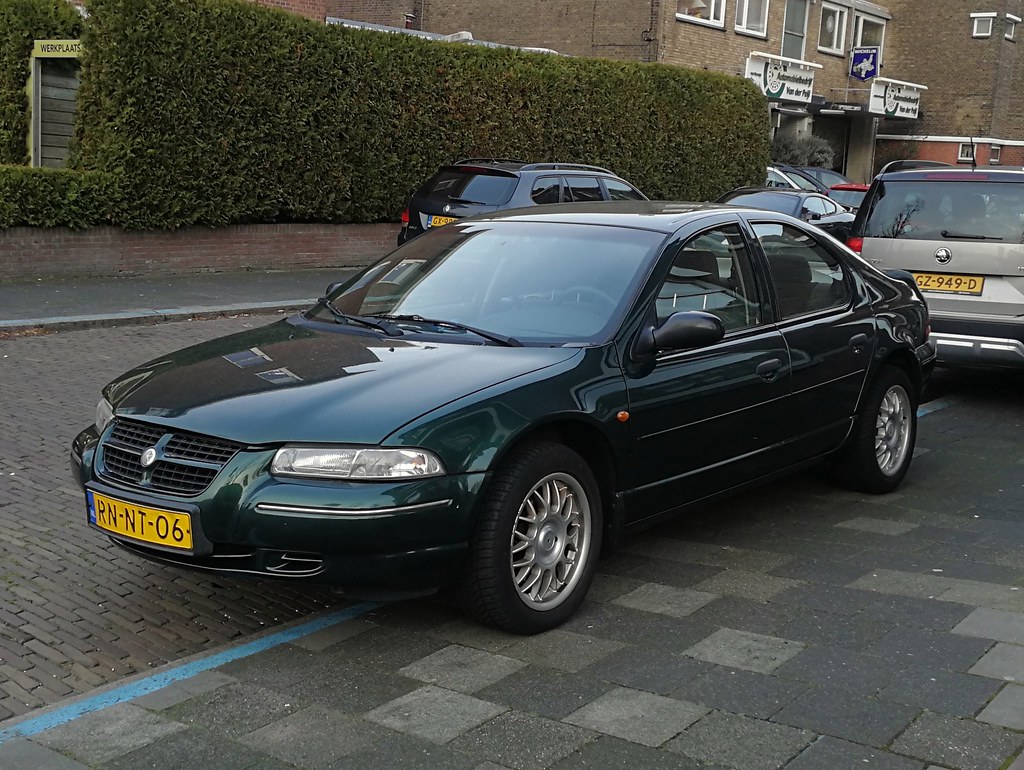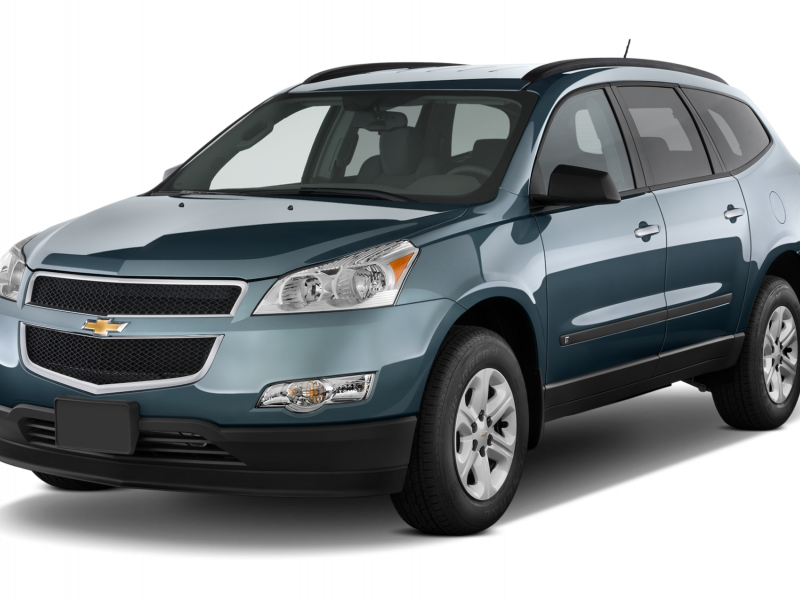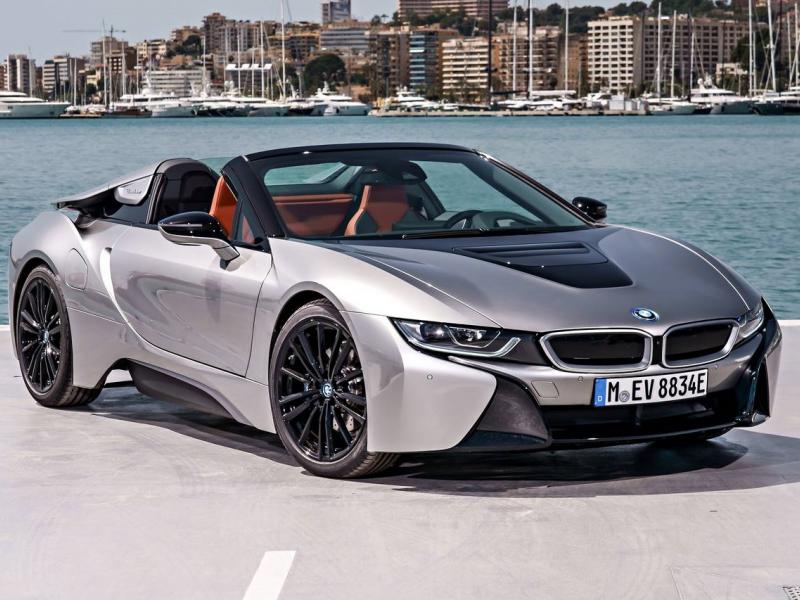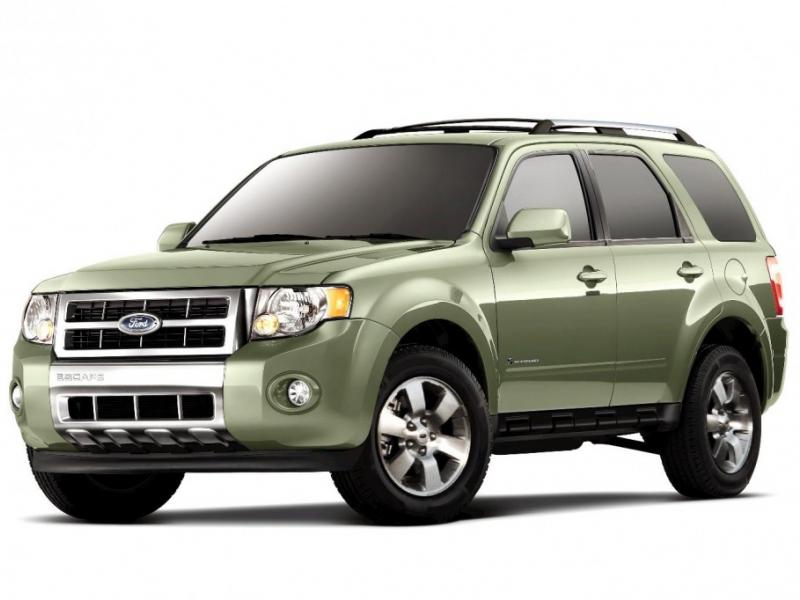What marketing segments may look like for the autonomous car
We have recently witnessed one of the most significant changes in the auto industry since the Model T and the assembly line: the electric car. The electric power of a car wasn’t the big shift since early electric car production began in the 1880s. No, it’s more about the infrastructure of charging stations, commitments to mass production, and the race to higher range and affordability have made the past 10 years remarkable in automotive history.

With the recent news of John Krafcik hired to lead Google’s car program, it’s time we pause to see which market segments will likely take an early interest in autonomous cars such as the Google Self-Driving Car.
We are about to go through another huge shift in how we drive. Or is it more correct to say how we won’t drive? Science fiction has toyed with self-driving cars for decades and yet we are seeing companies like Tesla, Mercedes-Benz, Volvo, and others develop cars that are fully self-driving or that have assisted driver aids that shift the driving to the computers away from human error; though, many worry about the human error of computer programming assistance, but more about that later.
One of the more surprising entrants into the autonomous car race is the search engine company Google. They have never developed any car until their recent unveiling of a built-from-scratch self-driving prototype unveiled last February. It’s a polarizing design that’s been accurately described by comedian Bill Maher as if “a Volkswagen Beetle and a Mentos had a baby.”
Let’s assume the design gets some love and move on to figuring out what marketing segments emerge in the early days of autonomous cars:
There will be a group of early adopters who have been waiting to own an autonomous car to make their lives easier and their commutes more productive– assuming one can do other things while the car moves along without human interaction. They will start blogs and Facebook groups and start sharing and evangelizing for their new way of “driving”.
The Non-Owner
The movement around the collaborative sharing economy is already celebrating the news of autonomous cars with successful startups such as Uber. Reducing labor costs for companies like Uber is very appealing as they continue to provide consumers an alternative to car ownership. Autonomous car development and options will be supported by the sharing economy as they look to become more cost effective and provide an alternative for those who do not want the burden of ownership.
Subsidized Driver
To increase autonomous car adoption, it is likely federal and/or state governments will subsidize vehicles in the early stages in order to increase market adoption. Appeals will be made that this is necessary to help reduce accidents, relieve traffic congestion, and increase alternative fuel use (provided autonomous vehicles will use sustainable fuels.) Some drivers will opt for the cars because the subsidies make them a more affordable option to traditional vehicles.
Anti-Car Buyer
The anti-car crowd that is always looking for an alternative to traditional vehicles will find their way to buying or “sharing” these cars. This group is looking to future mobility that moves the community away from gas guzzling, inefficient ways of travel. They will want full consumer adoption that will bring autonomous-only vehicle lanes or highways–ultimately moving all of us away from actually driving and simply getting us from point A to point B with minimal human involvement. In their minds, the more basic and vanilla car the better, enabling cars to become simply devices that facilitate transportation, void of all emotional appeal.
It will take quite a few years to convince the general population to be accepting of autonomous cars. Safety is certain to be a key theme on why many will be slow to adopt. I’m not sure having companies like Google and Apple in the fray builds confidence, and some early research shows that U.S. buyers don’t currently see the brands in a position of strength.
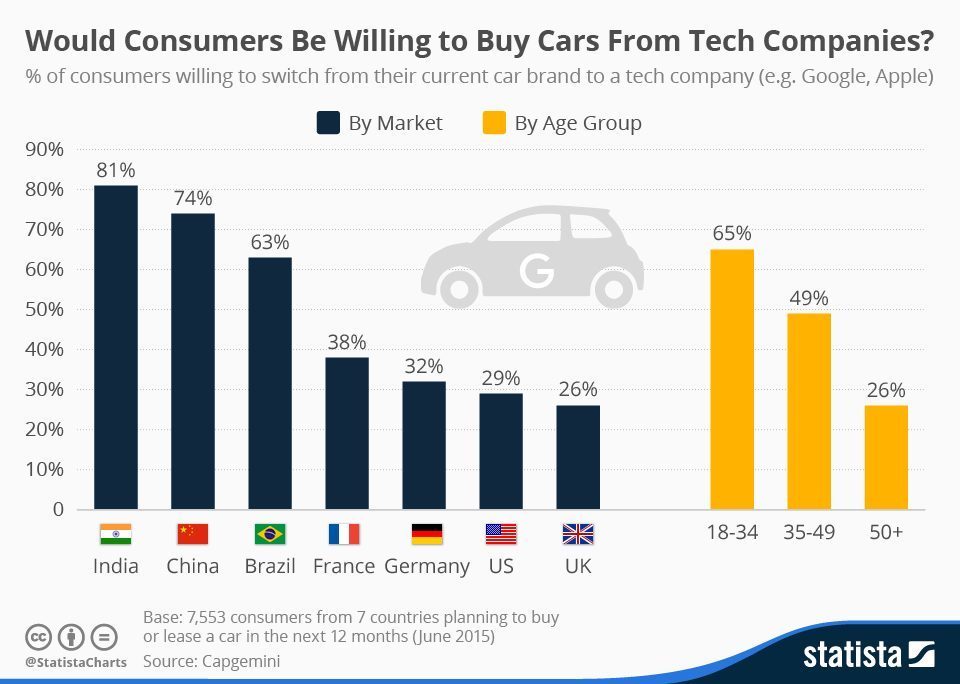
You will find more statistics at Statista
With tech companies constantly doing system updates and users not fully getting what they want in an easy way, the entry into the automotive arena will be an uphill climb beyond the tech enthusiastic enclaves found in Northern California.
Once the technology has been proven both in safety and financially, and after early market segments can test it, people will begin to see a benefit over more traditional vehicle options. Then and only then, will there be a significant shift in market share to the autonomous car.

